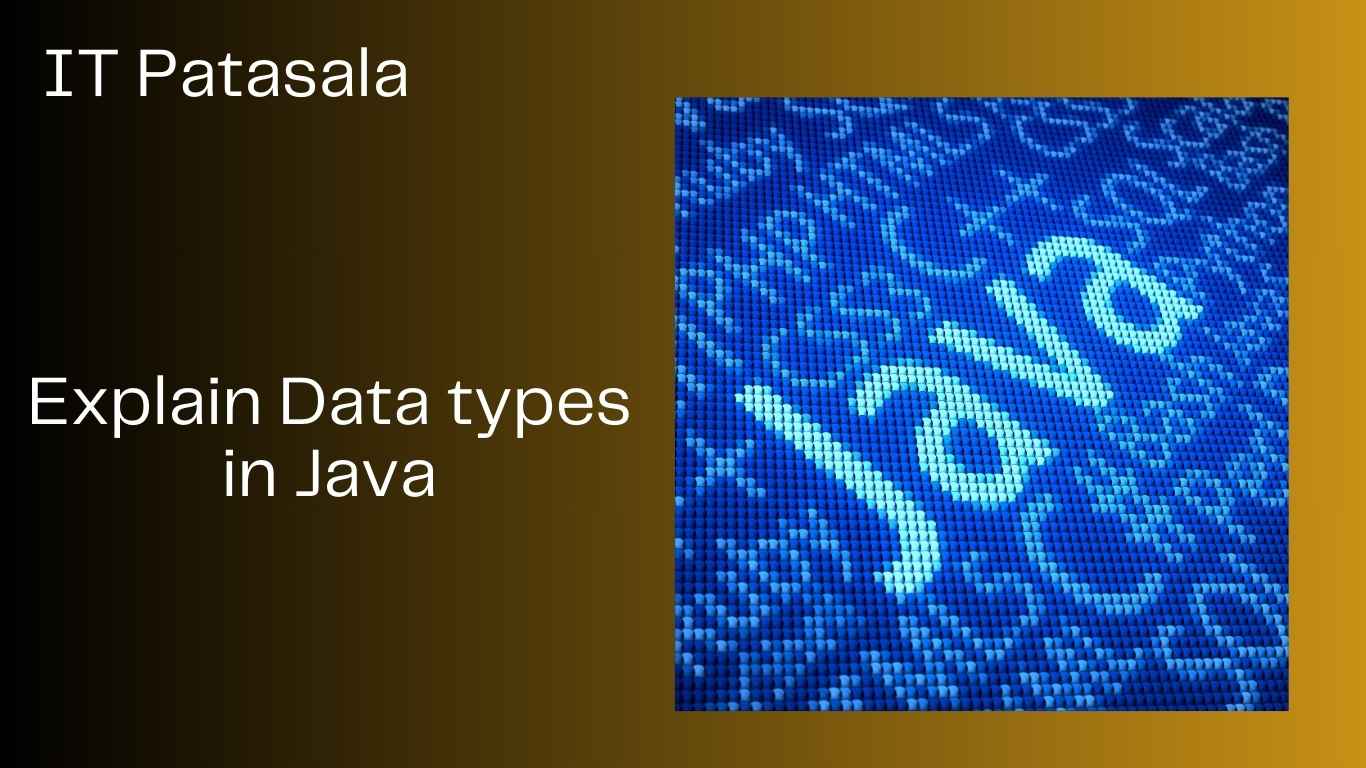Best 5+ Python Features Every Developer Should Know
🐍 Top 20 Python Features You Must Know: Beginner to Advanced
Python is more than just a programming language—it’s a complete ecosystem that empowers developers, data scientists, AI researchers, and hobbyists alike. Known for its simplicity, readability, and versatility, Python continues to dominate the world of programming.
But what exactly makes Python so special?
In this detailed post, we’ll explore the most important features of Python—from its beginner-friendly syntax to its advanced capabilities in automation, AI, and web development. Let’s dive in.
Table of Contents
🔹 1. Simple and Easy to Learn
Python is renowned for having a clean and readable syntax that resembles plain English. This makes it ideal for beginners and students.
Example:
print("Hello, world!")
No semicolons. No curly braces. Just clean, readable code.
Python reduces the learning curve for new programmers significantly.
🔹 2. Open-Source and Free
Python is 100% open-source and free to use, modify, and distribute. You can download Python from python.org and use it without paying a rupee.
This encourages global collaboration and continuous improvement of the language.
🔹 3. Interpreted Language
Python is an interpreted language, meaning code is executed line by line. This helps in easier debugging and faster testing during development.
You don’t need to compile Python code manually like C or Java.
Real-World Use:
Rapid prototyping in startups and research labs.
🔹 4. Cross-Platform Compatibility
Write code once and run it anywhere! Python runs on:
- Windows
- Linux
- macOS
- Raspberry Pi
Example:
The same Python script for image processing using OpenCV will work across all platforms.
🔹 5. Dynamically Typed
In Python, you don’t need to declare the data type explicitly. The interpreter automatically identifies it.
x = 10 # Integer
x = "hello" # Now a string!
This feature makes coding faster and more flexible, especially during initial development.
🔹 6. Huge Standard Library
Python comes bundled with a rich standard library, allowing you to do everything from file handling to web development without installing external packages.
Example:
osfor operating system tasksdatetimefor time handlingjsonfor working with JSON data
This reduces development time and lines of code significantly.
🔹 7. Support for Multiple Programming Paradigms
Python supports:
- Procedural programming
- Object-oriented programming (OOP)
- Functional programming
This makes Python suitable for various types of applications—from simple scripts to large enterprise systems.
🔹 8. Extensive Third-Party Libraries
Python has one of the largest ecosystems of third-party libraries available via pip (Python Package Index).
Examples:
NumPyfor numerical computingPandasfor data analysisFlask/Djangofor web developmentTensorFlowfor AI/MLBeautifulSoupfor web scraping
Whatever you need, there’s a Python library for it.
🔹 9. Strong Community Support
Python has one of the most active and welcoming programming communities.
- Massive forums like Stack Overflow
- Dozens of local meetups and conferences
- Thousands of tutorials and GitHub repos
If you get stuck, chances are someone has already solved it.
🔹 10. Ideal for Rapid Application Development
Because of its high-level nature and support for modularity, Python allows fast prototyping and quick iteration cycles.
This is why startups and tech giants like Instagram and Dropbox use Python in production.
🔹 11. Scalability and Flexibility
Don’t be fooled by Python’s simplicity—it’s powerful enough to build complex applications like:
- YouTube (Google)
Python scales well when used with proper architectural practices.
🔹 12. Embeddable and Extensible
Python can be embedded into other programming languages like C/C++.
Use case:
Games and embedded systems often embed Python scripts for AI logic or plugins.
🔹 13. Robust Exception Handling
Python has a clean and structured way of handling errors using try, except, and finally.
try:
num = int(input("Enter a number: "))
except ValueError:
print("Please enter a valid number.")
This enhances the stability and reliability of Python applications.
🔹 14. High-Level Language
You don’t need to worry about low-level details like memory management or CPU registers. Python handles that for you.
This lets developers focus more on logic and design, not boilerplate.
🔹 15. Automatic Memory Management
Python uses garbage collection to automatically clean up unused objects in memory, freeing developers from manual memory allocation like in C++.
🔹 16. Integration Capabilities
Python can easily integrate with:
- C, C++ (via CPython, ctypes)
- Java (via Jython)
- .NET (via IronPython)
- Web services (REST, SOAP)
This makes Python a great choice for projects involving multiple technologies.
🔹 17. GUI Programming Support
Want to build a desktop app?
Python supports GUI frameworks like:
Tkinter(in-built)PyQtKivy
You can build calculators, games, or full desktop software using Python GUI libraries.
🔹 18. Support for Automation and Scripting
Python excels at automation. From automating Excel reports to managing servers or scraping websites—Python makes boring tasks fun!
Example:
Automate downloading PDFs from a website using requests and BeautifulSoup.
🔹 19. Perfect for Data Science, AI & Machine Learning
Python is the number one choice for AI/ML projects due to:
- Clean syntax
- Powerful libraries like
scikit-learn,TensorFlow,Keras,PyTorch - Massive support from cloud platforms (AWS, GCP, Azure)
Example:
AI models for speech recognition, face detection, and recommendation engines are often built in Python.
🔹 20. Asynchronous Programming Support
With the rise of real-time applications, Python introduced async/await in versions 3.5+ for asynchronous programming.
You can now handle thousands of concurrent requests efficiently using libraries like asyncio, aiohttp, and FastAPI.
✅ Real-World Examples Using Python Features
- Netflix uses Python for data-driven recommendations and automation.
- NASA uses Python for scientific computations and simulations.
- Spotify uses Python for backend services and data analytics.
- Dropbox‘s desktop client is built with Python.
🎓 Why Students Should Care About Python Features
- Fast learning curve
- Real-world applicability
- Jobs in AI, web, and automation
- Easy to build mini-projects and portfolios
🔚 Final Thoughts: Python Features That Empower the Future
Python is not just another programming language—it’s a tool of empowerment for coders of all levels. Whether you’re building a small script or a scalable web application, Python has features that make your life easier and your code cleaner.
From AI to automation, Python is shaping the future of technology—and understanding its powerful features is the first step toward becoming a successful developer.
Also read these




